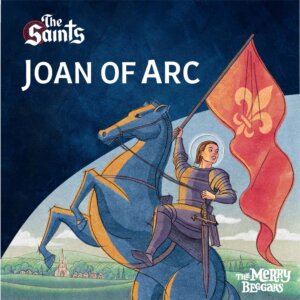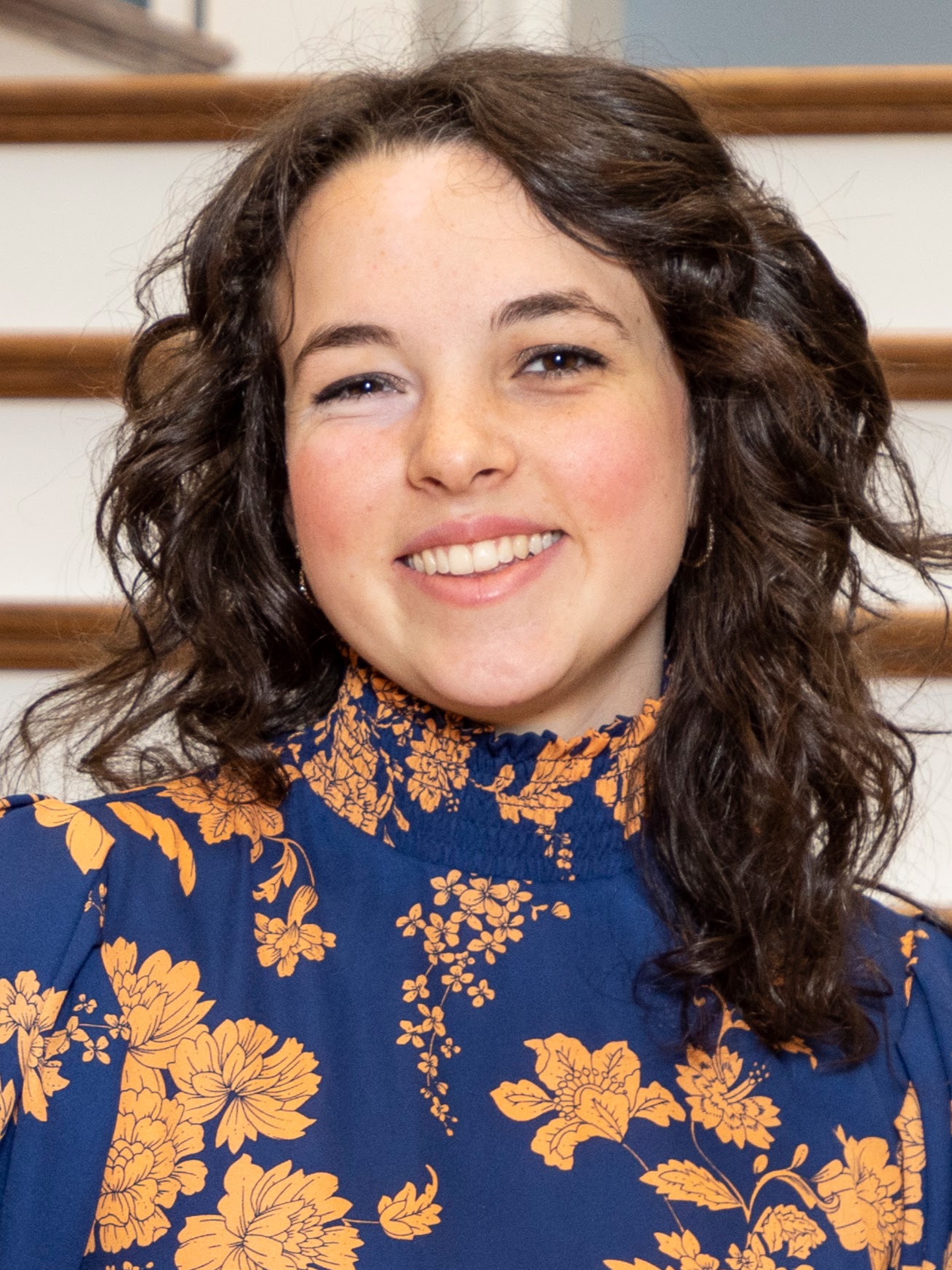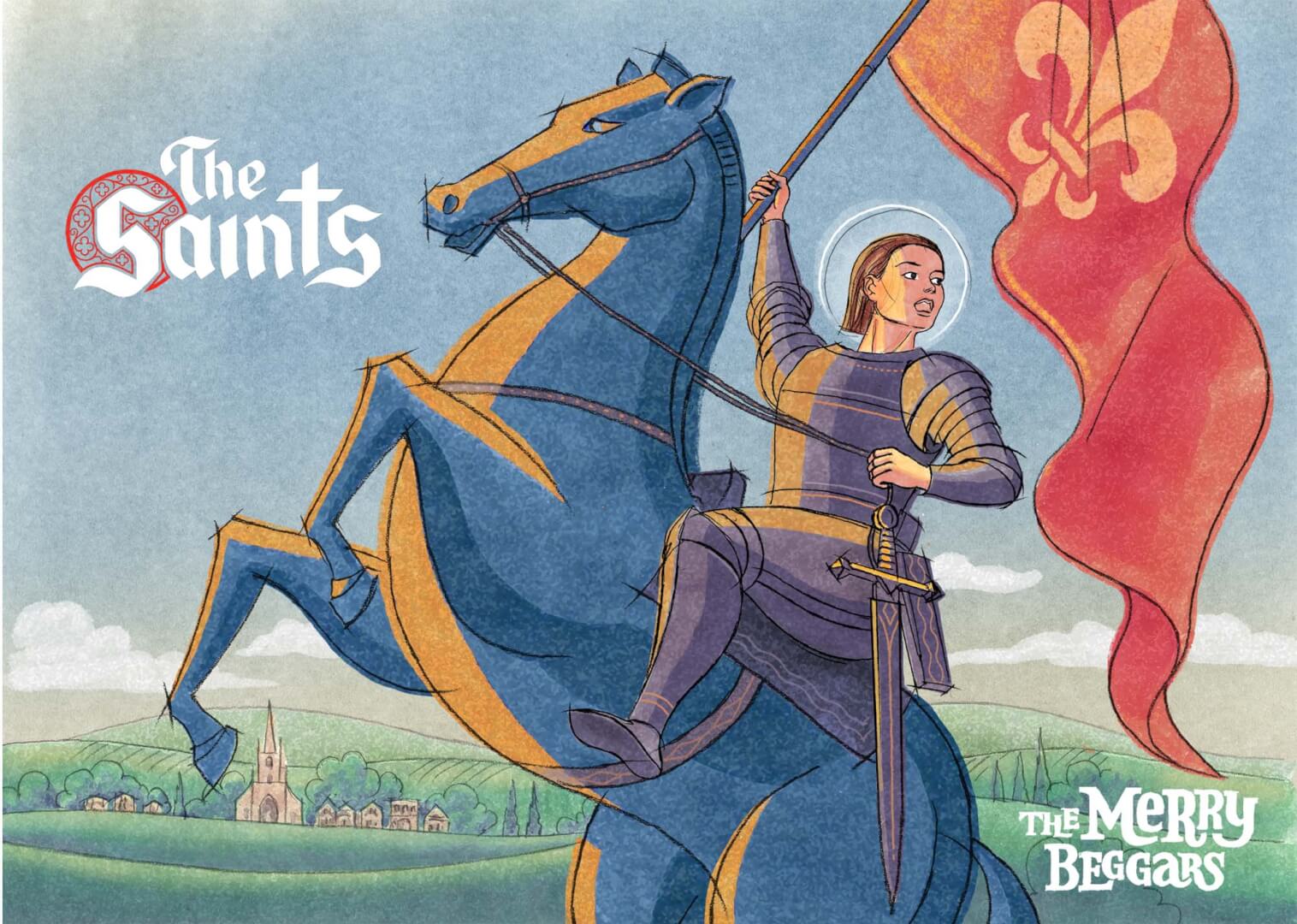This article was written by Laura Sigler and originally published on TheMerryBeggars.com.
Bringing the Saints to Life
Kiley Hatch has been writing for The Merry Beggars since 2020. After producing one of the most popular episodes of The Quarantine Plays and On the Night Train, Kiley has taken on her next big endeavor as a writer with The Saints series. As part of The Merry Beggars’ writing team, Kiley has embraced the challenge of bringing the saints to life. Her recent work on Joan of Arc has captivated listeners’ imaginations with its adventurous storytelling and passionate characters.
captivated listeners’ imaginations with its adventurous storytelling and passionate characters.
When writing for a series like The Saints, Kiley’s main goal is to help her audience meet the saint as a real human being. Developing the scripts means letting a legendary saint become a real person. “They’re not just stained glass windows,” Hatch said. “Anytime someone listens to it and is able to meet that person and get a taste of their humanity and the particular historical circumstances they inhabited, it’s such a personally rewarding experience.”
Kiley also faced difficulties in adapting a story like Joan’s. “It’s a really beautiful experience to go through and it’s very painful,” Kiley said. “Telling these stories requires a lot of personal growth.”
Hatch describes her writing process as “a personal encounter,” trying to connect spiritually with the saint whose story she’s telling. She was immediately drawn to Joan’s “sense of audacity, her beautiful responsiveness, and her mission.”
Discovering Joan of Arc
Telling Joan’s story depended on historical research, a challenge Kiley took head on. “You can see pictures of her house and her parish,” Kiley said, “So it’s just getting all of those things and imagining them, getting into what this world must’ve been like and trying to recreate that.”

Not only did Kiley dig into the visual details of Joan’s life, but she also spent time with historical documents, like Joan’s trial transcript, which contains the saint’s direct speech and her own quotations of the divine voices that spoke to her. Hatch explained, “I’ve pulled as much as possible from that transcript itself and Joan’s account of what happened. Any of the lines that St. Catherine, St. Margaret, and St. Michael say are pulled from the trial transcript.”
Kiley tried to unify the historical and spiritual elements into a cohesive story. “I really wanted to point out how Joan changed and how she remained the same. That’s why this series is bookended by her singing the Magnificat. She didn’t just become this battle hardened person. She was still a girl trying to do the will of God.”
She meticulously studied various adaptations of Joan’s story, but ultimately let her own vision of the character take over. “I have very strong reactions to everything,” Kiley said. “There came a certain point where I was watching different movies and I’m like, that’s fine, but that’s not Joan.”
Kiley’s Joan is a girl of confidence and faith, totally committed to the will of God. “She has a very intense personality, but part of that intensity just comes from her simplicity. She doesn’t have a crisis of faith. She knew exactly what she needed to do.” After formulating her artistic vision for Joan, Kiley got down to the details that make writing in an audio-only format a blessing and a unique challenge.
Writing: Seeing the Audio
For Kiley, good audio always starts with the visual. “If you get very clear visuals, you will end up with very clear soundscapes,“ she explained. “The more I can physically ground the story, the more clear it will be in the audio.”
Through a combination of sound effects and Kiley’s own mental picture of each scene in the story, she creates the sense of a physical scene in an audio drama. “It demands of me figuring out and being consistent about very simple things,” Kiley said. “What is this gate made of? What does it look like? Where is this garden? How far are they apart from each other? Really grounding in physical actions, not relying on a third person narrator.
Kiley also wrestled with portraying spiritual beings only through audio. She had to invent an effective way for her listeners to connect with the voices of St. Catherine, St. Margaret, and St. Michael. Kiley found that the best way to do this was to remove all other sound effects. “It’s having a very clearly established ambience and then letting that voice take over,” Kiley explained. “Allowing them to say what they have to say is incredible and intense and beautiful. So really it’s just getting out of the way and letting the listener’s imagination do the rest.”
Go Daughter of God, Go

Kiley’s Joan of Arc is a bold take on the heroic saint. It is a unique portrayal that captures her greatness without losing her humanity. Kiley said, “Joan’s femininity is at the service of God. The fact is that she did not become less of a woman for putting on the armor and going into battle.”
Just like Joan, Kiley knew exactly what she needed to do to bring this story to life. She recalled, “There’s a line that St. Michael says, which is just ‘Go daughter of God, go.’ And so for me, as I’m writing this, it doesn’t really matter if I feel inspired at this moment. I’ve been given a mission.”
By fulfilling her mission, Kiley has been able to reach a multitude of listeners and share with them the real story of the girl who saved France.
Listen to the first episode of Joan of Arc here: Joan of Arc – Episode 1: Daughter of God


